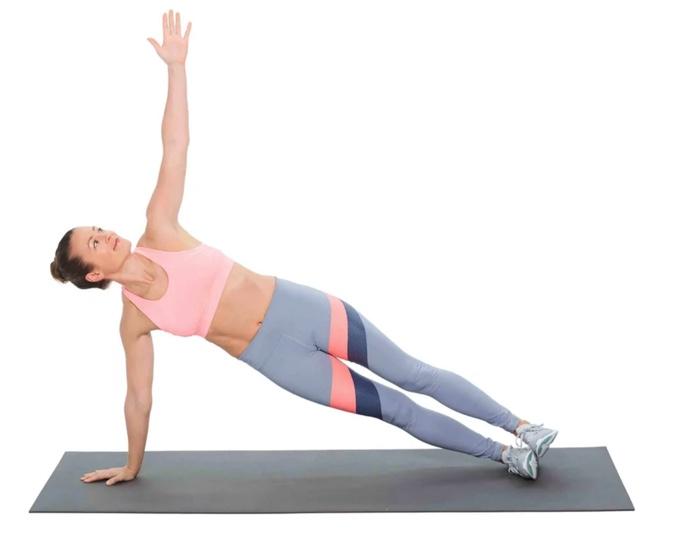
If I had to choose a specific area to focus on to become a more resilient and more efficient runner, I would definitely choose core strength training to supplement any run program. In terms of “bang for your buck” core training gets incredible results quickly, safely and efficiently.
Because core work can be done in a small space, just using body weight and does not need a huge volume of reps/sets to be effective, it is an easy ‘magic tool’ to add to your running utility belt without feeling overcommitted to ‘additional sessions’.
When running, a stable trunk and adequate core strength allows the pelvis, hips, and lower back to work together more smoothly. This can help reduce overall energy expenditure and subsequently increase running efficiency.
Core strength training can help from a running performance perspective, but also as an injury preventative modality. In addition to this balance can be improved through having better trunk stability/adequate core strength, meaning that you can recover quickly from missteps (especially when racing or trail running).
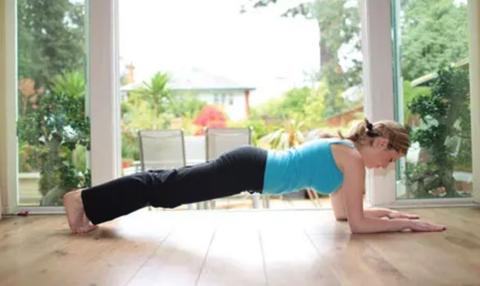
What is it?
Firstly let us first define what core strength even means? Are we talking a Chris Hemsworth 6 pack or shredded abs of any form? I’d love to say yes… but quite honestly as a runner and a physio, I am definitely more interested in function, posture and form. I am not saying a Hemsworth rig is off the cards, but I cannot guarantee anything. One thing I CAN be certain of is that I am yet to find a runner who has not taken to core strength training like a fish to water and benefitted from adding regular sessions to their weekly regime.
Rather than “abs” we talk about the ‘core’ this is because it is quite literally the epicentre of the trunk. The core does not refer to your superficial ‘aesthetic abdominals’, but your internal structural stabilisers which help keep you upright and mechanically stable. The core muscles are deep and support the torso like a corset from ALL angles. We have to remember we are 3D, not 2D! Our core is not just the “6 pack muscles” you can see at the front, it’s what lies below that actually counts! You could say the superficial abdominal muscles/rec abs are the icing on the cake (the cake base being the deep abdominals, pelvic floor, lumbar paravertebral muscles and obliques.)
If we think of the core in terms of its functionality, it is much easier to picture and understand….
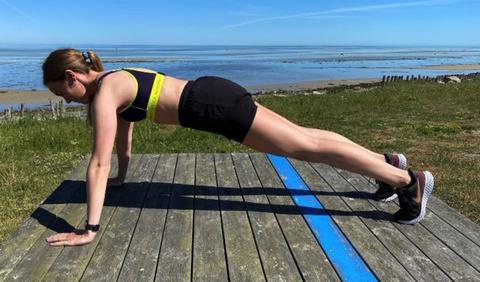
Core function:
The functions of the core are respiration (breathing), continence, postural control, joint/segment stabilisation and movement generation.
We need core strength to simply live and function at a basic level, but for higher level performance (running) and injury prevention, we need optimal core strength evenly around the torso and pelvis.
Every time we contract the core, we stabilise and protect the spine, pelvis and trunk. Conversely if we don’t have adequate deep abdominal and core control, you compromise your posture and running efficiency which can lead to overuse injuries.
The core muscles are supportive muscles. Their role is not to take direct load, but rather support the good posture or form and promote hip and trunk stability.
I would personally include the glutes, upper thoracic and deep pelvic stabilisers in “core training” especially when relating to runners specifically. Lumbo-pelvic instability (weakness through the back and hips) is so commonly seen clinically in endurance athletes and often presents itself ‘further down the chain” in the form of lower limb injuries. If we can correct this ripple effect down the body by having adequate core strength we can help reduce impact load in the lower legs and feet.
I have lost count of the amount of times I have heard a runner say “I haven’t had hardly ANY niggles since doing core work/Pilates, and also my back pain is gone!” To be honest, hearing that NEVER gets old.
As runners, staying healthy is one of the hardest parts of training. If we think of common running niggles: lateral hip pain, runners knee, back pain, shin splints and foot/ankle overuse injuries, often we see the common thread between these is a lack of central connection, ie: the core and the pelvis.
If we compare a soldier with a strong posture and stable pelvis to perhaps a supermodel on a catwalk with excessive hip swagger, you can imagine which one of these examples would have the efficient load pattern through the lower limb….
Runners are neither supermodels nor soldiers, but to find a stable trunk and pelvis is to find a completely new mechanical advantage when running helping to mitigate injury risk and improve form.
In distance running, towards the end of long runs or races, when you are fatigued, your form can begin to suffer. Poor form not only slows you down but it can open you up to potential injuries. Building up core strength will help to maintain good posture, stability and technique and help keep you on track (literally).
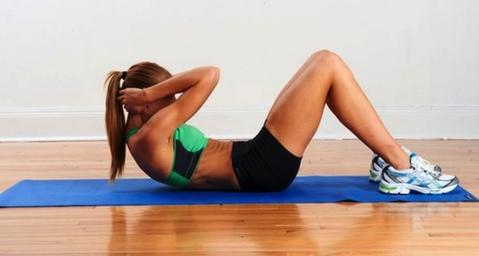
Now here’s a practical question….
“What are the best Core strength exercises for runners?”
This is certainly the magic question, and there is no SINGLE answer, but this is the formula I think works best for RUNNERS:
(This sequence can be made into a ten min routine or buffed out to an extensive 30min workout. It depends on how much work you require as an individual and also how much time you have!)
An effective core plan should include the following components:
(and I recommend this order)
- DEEP ABDOMINALS “activation”- the deep abdominal are often the hardest and most stubborn to fire up so if we get them switched on gently at the start, I find you are less likely to feel your back or hip flexors in the rest of your routine.
Eg: supine toe taps, supine knee rotations with your feet in table top, small reverse ab curls
- OBLIQUES: the muscles down the side of the trunk are incredibly important for trunk stability and trunk rotation to help with arm swing efficiency.
Eg: side crunches, twisted ab curls, side plank variations, hip dips, high kneeling lateral dips
- BACK STRENGTH: thoracic/mid back postural muscles and lower back muscles. We often don’t think of the back muscles as being part of the core, but the core travels the whole way around the spine and the deep lumbar muscles are crucial for spinal stability and trunk control.
Eg: prone upper back extension with lateral arm movements, swimmer kicks in prone, straight leg scissors lying in prone
- COMPOUND CORE EXERCISES:done last when you are warm and includes more ‘functional moves’ such as planks (side, front and reverse) and exercises which use the upper and lower limb coordination and core control.
Eg: Bird dogs, Planks with arm and leg lifts, mountain climbers, hips dips, bridges with arms, jack knives, roll ups/downs. There are so many!
This ‘core formula’ means you are addressing the core as an entirety and optimising function in different planes of movement. Quite literally a 3D approach to trunk and pelvic stability to help with injury prevention and performance enhancement through improved efficiency.
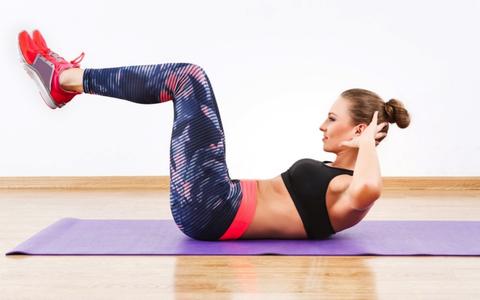
If you haven’t guessed already, I’m obviously a massive core strength fan and here’s is why:
- Sessions can be quick and efficient (10-15mins 3x a week or 1-2 30min sessions are all it takes over a 3-6 week period to start to notice improvements.)
- Minimal equipment required (if at all.) You don’t need a gym to work hard. Just you and your mat and a quality program that will address ALL aspects of the core and your specific imbalances.
- Trunk control/core strength can help in running performance (a mechanical advantage having better torso and pelvic stability.)
- Injury prevention due to improved posture/form efficiency. Less likely to have the ‘snowball effect’ down the chain into the lower limb if you can hold endurance in your torso and pelvis.
- It’s fun! (And tough and humbling.) You can make it social with running mates or family members. Put some tunes on and start with a few small sessions.
- You will notice improvements in function, form and posture quickly! In my clinical experience, runners thrive off adding core work. You don’t have to do a lot to notice the benefits. It’s a very rewarding form of training!
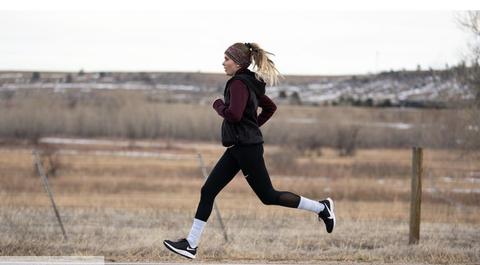
Core should not be a chore:
I am a big advocate for physio, rehab, prehab and training being lifestyle friendly. I am a strong believer in balance for runners. You don’t have to dedicate much time or energy into adding simple core work to feel the benefits and I strongly every runner to get on board.
If you don’t know where to start in terms of a specific program, I suggest trying some online Pilates! It addresses all of the above areas of core training so you can get your technique and form down pat. If you would like to try a free class to get your deep core, obliques, glutes and back muscles ‘primed to hit the pavement’ and crank some running PB’s try these two free sessions.
If you would like a 30min “express ABs with AB” (a core specific live online class with me) email me below and I would love to have you!
Alice Baquie – Physiotherapist & Clinical Pilates Instructor
Website: https://alicebaquie.com.au/Email: alice@alicebaquie.com.au
Instagram: Alice Baquie